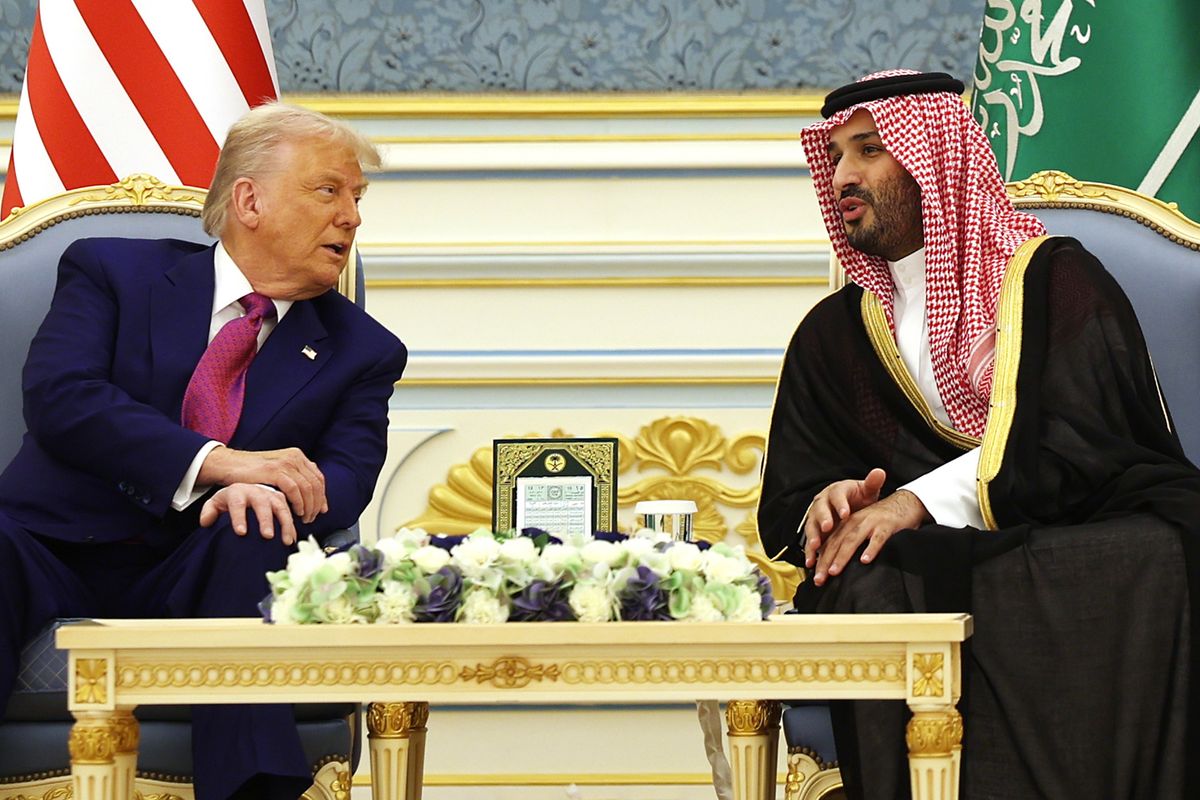Bottom Line Up Front:
- Islamabad has invited Saudi Arabia to join China as a partner in Beijing’s extensive infrastructure initiative throughout Pakistan.
- The China-Pakistan Economic Corridor (CPEC) project is a $60 billion investment by Beijing aimed to bolster trade and create a land bridge through Pakistan for Chinese goods and products.
- Saudi Arabia is a substantial financial supporter of Pakistan, a country yet again, in dire need of loans to stabilize its currency as a result of economic uncertainty.
- It is unclear if Saudi Arabia will formally join the CPEC, which is just one part of China’s massive ‘Belt and Road Initiative’, to create new trade and supply routes throughout the country.
On September 20, Pakistan’s Information Minister stated that his country was inviting Saudi Arabia to formally join the China-Pakistan Economic Corridor (CPEC) as a partner. The CPEC is a Chinese-led $60 billion infrastructure initiative consisting of several projects that are, by themselves, massive and transformative for Pakistan. These projects include a modernization of the seaport of Gwadar; improved and expanded rail lines; and, of extreme importance to most Pakistanis, improved and expanded power generation and transmission, critical for a country that regularly experiences rolling ‘blackouts’ and ‘brownouts.’
The CPEC, which is funded entirely by China, is the Pakistani portion of a much larger project known as China’s ‘Belt and Road Initiative’. The multi-billion dollar BRI is enormous in scope, with construction planned, or already underway, in 60 countries across several continents. While improved infrastructure is typically a positive sign in developing nations, many of these countries, to include Pakistan, incur massive debt to China as a result. In turn, Beijing can then use that debt as leverage on issues such as contested maritime claims or land use rights, in an effort to further develop and enhance its own security posture in geopolitically important areas.
The offer to invite Saudi Arabia to join the CPEC comes as Pakistan is once again facing serious economic troubles. In his inaugural speech in August, newly elected Prime Minister Imran Khan remarked that ‘never in Pakistan’s history, have we faced such difficult economic circumstances.’ Islamabad needs funding from Riyadh to help pay down older debt with a weakened currency. The country is currently facing the risk of a complex bailout from the International Monetary Fund (IMF). This is not the first time the Saudis have been asked to come to the rescue. In 2014, Saudi Arabia loaned Pakistan $1.5 billion. Saudi Arabia is also a major source of remittances from the estimated 1.9 million Pakistanis who reside and work in the Gulf country.
Given the close ties between the two, and the increasing financial dependency of Pakistan on Saudi support, Prime Minster Khan strategically selected Riyadh as his first official trip as prime minister. It is likely that some aid package has been agreed upon, but there have been no official details released as yet. Even the invitation by Information Minister Fawad Chaudhry for Saudi Arabia to join the CPEC was deliberately vague. Accordingly, Chaudhry said that the specific projects in which Riyadh would invest would be discussed between the two counties during an anticipated early October meeting in Islamabad.
It remains to be seen whether Saudi Arabia will join the CPEC and neither Riyadh nor Beijing has made an official statement regarding the invitation. What is clear, however, is that Beijing and Riyadh hold enormous influence and leverage over Islamabad, something the United States has been unable to achieve in its relations with Pakistan over the past two decades. The value of Pakistani exports to China has decreased, while the value of imports from China into Pakistan has significantly increased, mostly due to the CPEC. Saudi Arabia and China are, respectively, Pakistan’s largest and second largest trading partners. As Pakistan’s economy and currency further weakens, it will have to accrue more debt from both China and Saudi Arabia. The impact of such debt over Pakistan’s affairs—internal and external—could turn Islamabad into a vassal state over time. The result would be a further expansion of Chinese influence throughout the subcontinent while simultaneously establishing a firm demarcation with respect to the United States and key allies in South Asia, including India. This could set the stage for future tensions between geopolitical heavyweights in a region already on edge.














